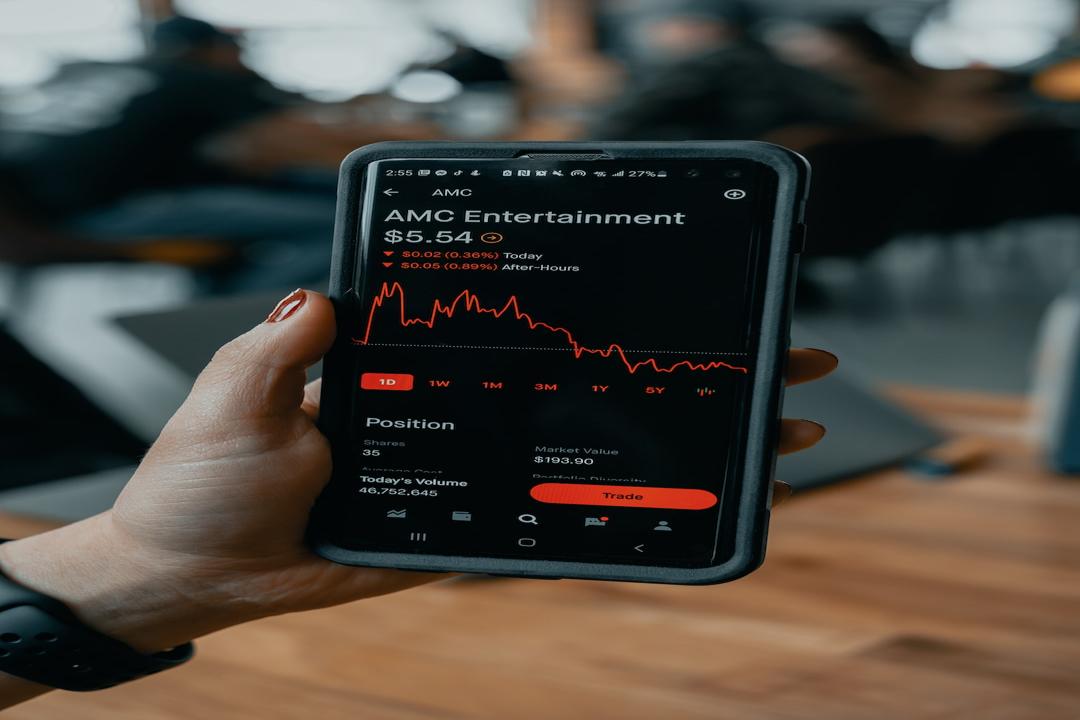Real World Assets (RWA) are rapidly becoming a dominant force in the expanding realm of Decentralized Finance (DeFi).
As per data from DeFi Llama, there is a staggering $4 billion locked in digital asset funds across various RWA protocols like Ondo Finance, Pendle, and the Jellyverse ecosystem. This marks a significant increase from $753 million recorded in January 2023.
Despite the impressive growth of the RWA ecosystem in recent times, it remains largely underserved in the DeFi landscape.
A recent report by Citi suggests that the potential market size for RWAs is in the trillions of dollars, with non-financial corporate debt, real estate, private equity, and securities identified as key investment areas expected to contribute substantially to RWA portfolios by 2030.
RWAs have been in existence for some time now, in the form of stablecoins such as USDT and USDC, which essentially represent a tokenized version of the U.S. dollar.
In a more recent development, traditional fund managers like Franklin Templeton and Blackrock have shown a keen interest in other types of RWAs. These companies are now offering access to tokenized U.S. treasuries, with Franklin Templeton boasting a market cap of $352 million, while Blackrock’s RWA portfolio stands at $427 million currently.
Challenges in Scaling and Adoption of RWAs
Similar to other innovations in the DeFi sector, RWAs are facing hurdles in reaching their full potential due to fundamental, technical, and regulatory challenges. Here are some key reasons why RWAs are still underutilized despite their promising prospects.
Regulatory Uncertainty
Compliance poses a significant challenge for innovators and investors in the RWA market. For instance, in the U.S., the SEC has stringent guidelines on securities classification. Tokenizing real world assets like real estate or art could categorize them as securities, necessitating compliance with security laws. This complexity is further compounded by varying regulations in different jurisdictions.
Fragmented Technical Infrastructure
Most RWA innovations are built on smart contract technology, providing benefits like automation and verifiability. However, the market remains fragmented as innovators opt for different DeFi platforms such as Ethereum, Solana, and Parallel EVM chains like Sei and Sui, designed to enhance transaction processing speed.
Real-Time Valuation and Pricing
Accurate tracking of the price development of real world assets is crucial for the effectiveness of RWAs. While this is achievable for assets like stocks or gold with real-time data sources, unique assets like art present challenges due to subjective valuation influenced by factors like artist reputation and market trends.
Market Liquidity
Before Blackrock’s introduction of the BUIDL U.S. Treasuries tokenized fund, RWA market activity was predominantly centered around stablecoins. While Blackrock’s entry has had a notable impact, the RWA market remains relatively small compared to traditional markets. The current market cap of RWAs stands at $8 billion, a fraction of Blackrock’s $9 trillion in AUM.
Slow Progress Towards a Promising Future
Despite the challenges, RWAs hold immense potential to shape future global market ecosystems. Recent developments, such as Jellyverse receiving approval from Liechtenstein’s Financial Market Authority for its DeFi utility token ‘jAssets’, demonstrate the industry’s evolution. These tokens will offer synthetic exposure to a range of traditional assets through DeFi 3.0, tracking assets like ETFs, bonds, stocks, and commodities.
The expanding reach of RWAs is attracting institutional interest, signaling a shift from the early days of DeFi dominated by crypto enthusiasts to a more inclusive market. Industry leaders like Larry Fink, Blackrock’s CEO, acknowledge the transformative role of tokenized securities in the future of finance.
As crypto natives and institutions explore opportunities in tokenizing assets, there is substantial room for growth to support innovation. With a TVL of $105 billion in DeFi, only $4 billion is currently allocated to RWAs, highlighting the untapped potential in this sector.
Traditional financial institutions and consulting firms recognize the significant gap in the RWA market, signaling a growing consensus on the importance of RWAs in the future of finance.

